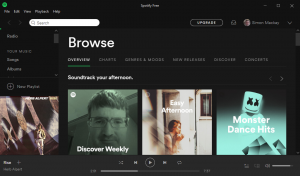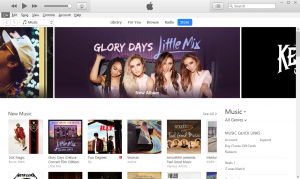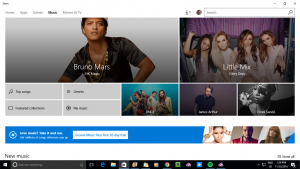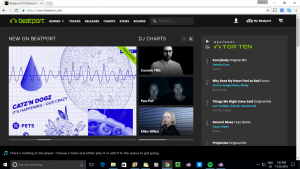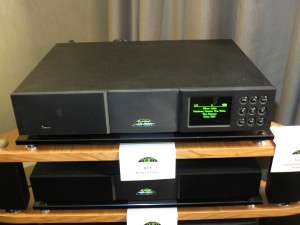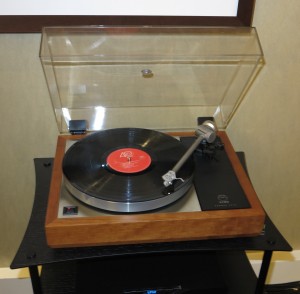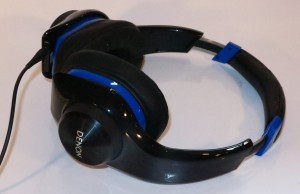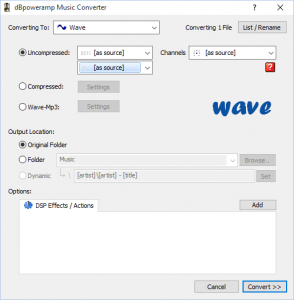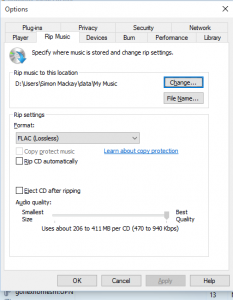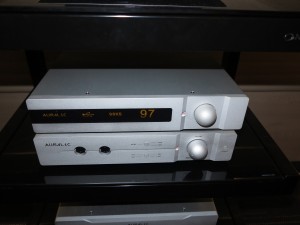Classical-music streaming services now starting to appear
Articles
Classical music streaming no longer plays second fiddle | CNet
A streaming service that works for classical: Thomas Steffens, CEO of Primephonic | Bachtrack
From the horse’s mouth
Primephonic
My Comments
Most streaming music services like Spotify focus on popular music. There is not much classical music in library and these services don’t support the kind of metadata associated with classical-music works like composers, multiple-movement works or performers. As well, they adopt a royalty-payout model that only works well with the three-minute song.
A streaming-music service that supports classical music needs to allow searching and browsing in a “composer-then-work-then-performance” approach so you can find recordings of a particular piece. It also has to handle the reality that a significant number of classical-music pieces have multiple movements, where there is the ability even to call out a particular part of a movement like the “Ode To Joy” chorus within the fourth movement of Ludwig van Beethoven’s 9th Symphony (Choral) rather than having the whole movement. In the case of musical theatre like opera, you may have to call out a particular aria, duet or chorus without the need to have any bridging music.
There is also a want to allow a particular piece, including a particular movement, to be identified by different names such as language-specific names or names brought on by particular applications. A good example of this is Mozart’s Piano Concerto 21 which ended up being known as the “Elvira Madigan” concerto thanks to a film adaptation of the Elvira Madigan story created in 1967 which featured the (very romantic) second movement.
A significant number of works in the classical-music canon are performed and recorded by different combinations of performers. For example, a concerto would be performed by one or more known soloists and a supporting orchestra conducted by a certain conductor. Here, it may be desirable to look for works performed by a particular performer or orchestral works played by a particular orchestra or conducted by a particular conductor.
Of course there is the desire to look for works based on particular eras like the Romantic era or the Baroque era.
There is also the fact that a movement can play for a very long time such as some of Beethoven’s popular concerti having a first movement that has a duration of at least 20 minutes. Here. a “per-track” royalty payment approach typically used for popular music that is based on the three-to-five minute song is not economically viable in this domain. Instead, there has to be a sustainable economical approach to pay out arrangers, living composers, music publishers, performers and record labels their royalties for use of pieces in an online music service.
Thomas Steffens who runs Pentatone, the company that was formerly the well-known Philips Classics music label, discovered the limitations concerning how classical music can be enjoyed on online music services. He conceived the idea of an online music service in 2016 and built up Primephonic as a streaming music service that answers the needs of this class of music.
The music catalogue that supports Primephonic is based on the mainstream classical-music labels alongside some niche labels. Genres are curated and catalogued by musicologists and classical-music students and the service allows for searching also by mood. There is the support for various themed playlists which is very similar to a compilation album based on a mood / occasion , composer, instrument, era or other factor. Users can also have the ability to listen to the parent work of a movement that they are currently listening to in a playlist.
Primephonic stays away from Amazon-type artificial-intelligence “recommend-music” algorithms based on like music or “critic’s choice” lists that are narrowed down to particular performances of particular works. This is to encourage users to work across the whole catalogue and discover more music. But a significant number of classical-music listeners will think more of particular works by particular composes and choose any performance of that work, but they may focus on a particular performer if they are interested in their output.
During playback, Primephonic will show up as a Web page details about the composer, work and performer so you have a similar kind of rich learning experience that was feasible with the notes written on the back of an LP record’s outer sleeve or in a booklet packaged with a CD. There is even the ability for users to know of a local performance of the work if local performers, orchestras or venues register these performances with Primephonic. It can then lead to the idea of providing a link to the box office that is associated with that performance to encourage listeners to book tickets for the event.
Primephonic offers the music as FLAC-based high-quality recordings and costs US$14.99 or GBP£14.99 per month to subscribe. They pay out time-based royalties to the people and entities who have a hand in recording the works that exist on the service’s catalogue.
Alongside the Web-based user interface, Primephonic offers an iOS and an Android mobile-platform app. But what they need to do is work with consumer-AV names to allow this service to work tightly with their equipment. This is more so where the equipment has its own user interface.
Once Primephonic and others get on board with a high-quality classical-music streaming service that supports people who love this kind of music. It could even complement Spotify or TiDAL as an on-demand service for classical music.

